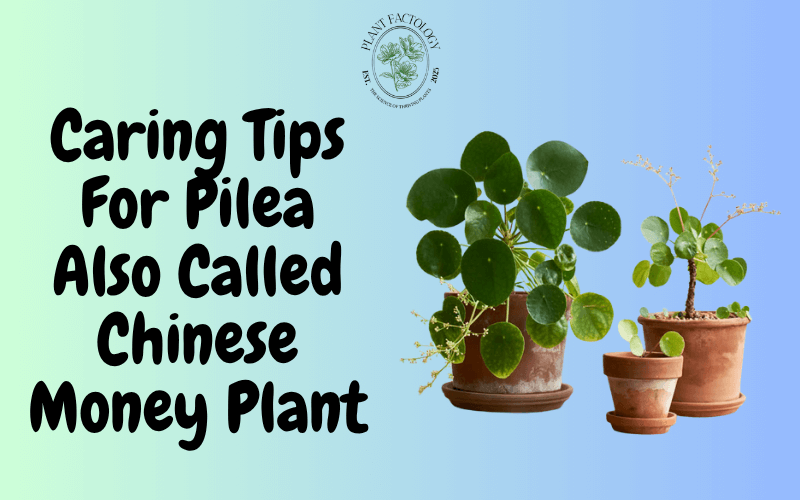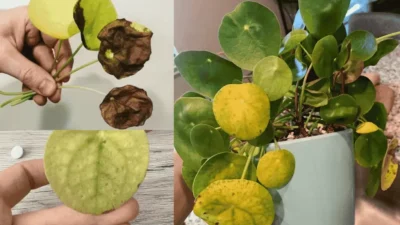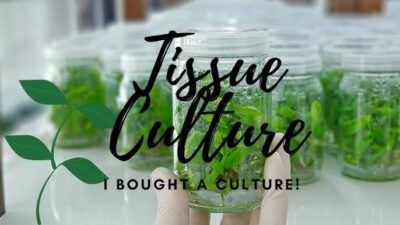Pilea also known as the Chinese Money Plant or Pancake Plant, is cherished for its distinctive circular foliage and graceful growth habit.
Achieving optimal health for this popular houseplant requires understanding its fundamental needs. This guide addresses all aspects of Pilea care to ensure your plant thrives.
Table of Contents
Pilea Indoor Care: Light and Placement
Pilea originates from the shaded understory environments of southern China. Consequently, it flourishes in conditions replicating bright, filtered sunlight.
Direct exposure to intense afternoon sun frequently causes leaf scorch, manifesting as bleached or crispy brown patches.
Things to consider for caring chinese money plant are:
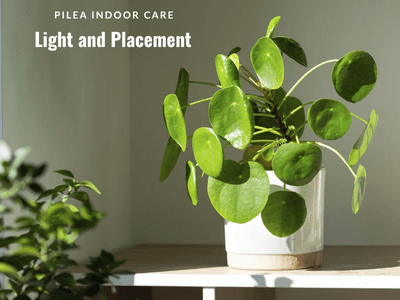
- Ideal Location: Position your Pilea near a north or east-facing window. Locations receiving bright, indirect light for most of the day are perfect. If placed near a south or west window, ensure it is several feet away from the glass or shielded by a sheer curtain.
- Plant Rotation: Rotate the pot a quarter turn weekly. This practice promotes symmetrical growth and prevents the plant from leaning excessively toward the light source.
- Light Deficiency Indicators: Insufficient light results in elongated stems (etiolation), disproportionately small new leaves, and an overall darker green coloration of the foliage.
- Light Excess Indicators: Leaves displaying bleached areas, crispy brown spots, or patches indicate excessive direct sunlight exposure.
Watering Requirements and Moisture Management
Maintaining appropriate soil moisture is the must for Pilea health. These plants are highly susceptible to root rot caused by overwatering, yet prolonged drought also causes significant stress. So to avoid these probelms following things can be done:
- Watering Technique: Water your Pilea thoroughly when the top 1-2 inches of the potting mix feel completely dry to the touch. Apply water slowly until it flows freely from the drainage holes. It is essential to empty any water collected in the saucer or cache pot within 15-20 minutes.
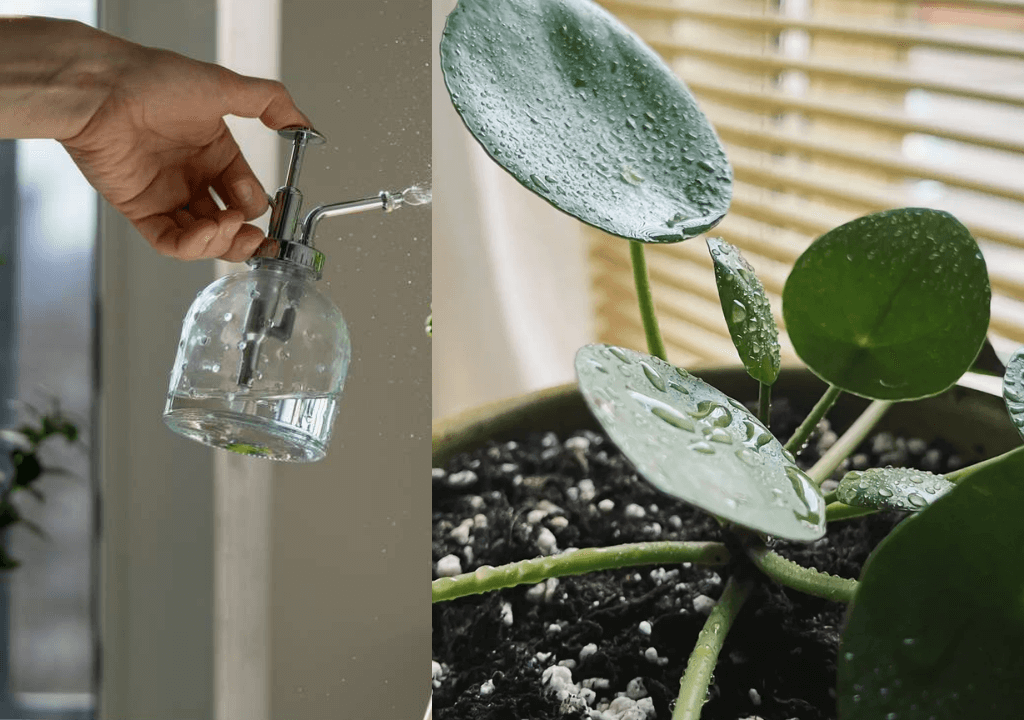
- Watering Frequency: There is no universal watering schedule. Frequency depends on environmental variables: light intensity, temperature, humidity levels, pot size, and soil composition. Always assess soil moisture manually before watering.
- Overwatering Symptoms: Yellowing leaves (particularly lower leaves), leaves developing soft, brown, mushy areas, soft stems near the soil line, persistently wet soil, and sudden leaf drop are classic signs of overwatering and potential root rot.
- Underwatering Symptoms: Leaves becoming thin, limp, or curling inward, development of dry, crispy brown edges and tips, and older leaves yellowing and dropping signal insufficient water.
Diagnosing Leaf Problems: Browning and Leaf Drop
Leaf changes provide critical diagnostic clues regarding Pilea health. Some of the major problems of chinese money plant along with their suggestions are given below:
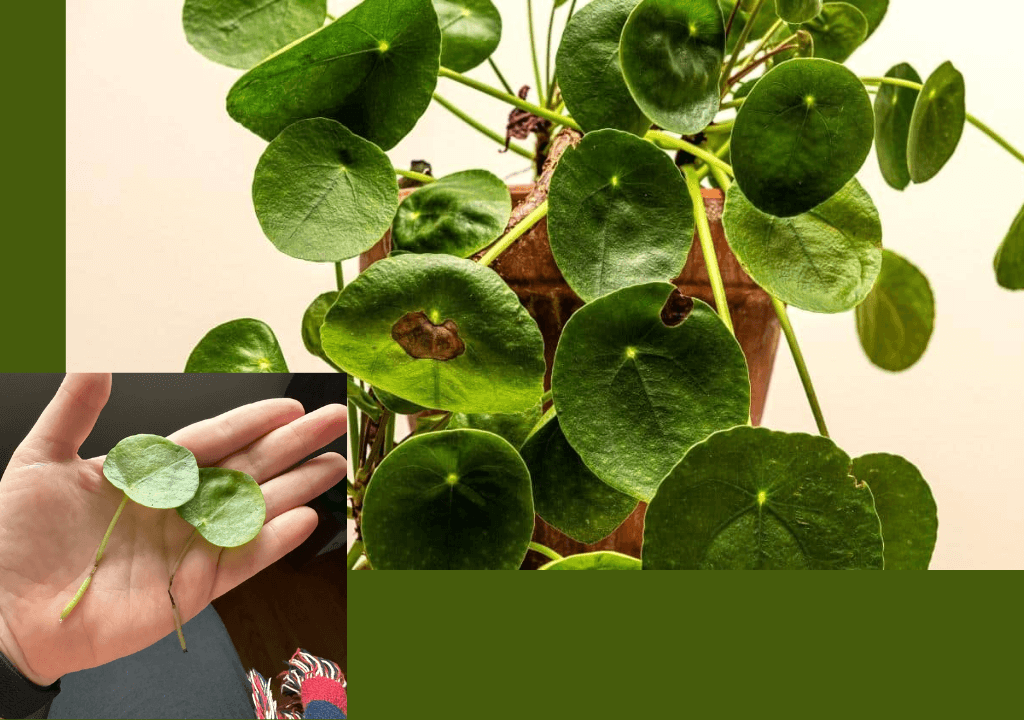
- Crispy Brown Edges/Tips: This is most commonly caused by underwatering or very low ambient humidity. Less frequently, proximity to heating vents or drafts can cause similar symptoms. Increase watering frequency slightly after confirming soil dryness and consider humidity solutions.
- Brown Spots or Patches (Central Areas): These often indicate sunburn. Relocate the plant immediately to a position with gentler, indirect light.
- Brown, Soft/Mushy Spots or Base: This signals overwatering and potential root or stem rot. Check soil saturation urgently. If the soil is soggy, remove the plant from its pot. Inspect the roots: healthy roots are firm and white or light tan; rotten roots are dark brown/black, mushy, and may smell foul. Trim away all affected roots with sterile tools. Repot the plant into fresh, well-draining potting mix and water very sparingly. Remove severely damaged leaves.
- Lower Leaves Yellowing/Browning and Dropping: This is a natural part of the plant’s maturation process. As the Pilea grows taller, it sheds its oldest lower leaves to direct energy toward new apical growth. Gently remove these leaves once they detach easily.
- Sudden Drop of Healthy Leaves: This typically indicates environmental stress or shock. Potential causes include recent repotting, relocation to drastically different conditions (light/temperature/humidity), or exposure to cold drafts. Provide stable conditions and allow the plant time to recover. New growth will emerge from the crown.
Humidity Considerations and Misting
While Pilea appreciates moderate ambient humidity (around 50%), it generally adapts well to average household humidity levels found in most homes.
Misting Efficacy
Occasional misting provides minimal, very temporary humidity increase and does not address chronically dry air. Frequent misting, especially without good air circulation, can increase the risk of fungal diseases on the leaves.
Recommended Humidity Solutions
Grouping plants together creates a beneficial microclimate. Using a pebble tray (placing the pot on a tray filled with pebbles and water, ensuring the pot base sits above the water line) provides localized humidity through evaporation. A room humidifier offers the most consistent and effective solution, particularly during winter months when indoor air tends to be drier.
Advanced Care for Thriving and Fuller Growth
Beyond light and water, several factors contribute to a flourishing Pilea. Besides every steps and solution provided above addtional things can also be done to enhance its growth such as:
- Potting Mix: A well-draining, aerated potting mix is arguably the best foundation for Pilea health. Use a quality general-purpose potting soil amended significantly with perlite, pumice, or orchid bark (aim for 25-30% amendment). Pre-mixed cactus or succulent soil can also be suitable. The goal is to prevent compaction and ensure rapid drainage.
- Pot Selection: A pot with adequate drainage holes is non-negotiable. Unglazed terracotta pots are advantageous as they allow soil to dry more evenly through evaporation. Repot only when the plant becomes root-bound, typically every 1-2 years, moving up only one pot size.
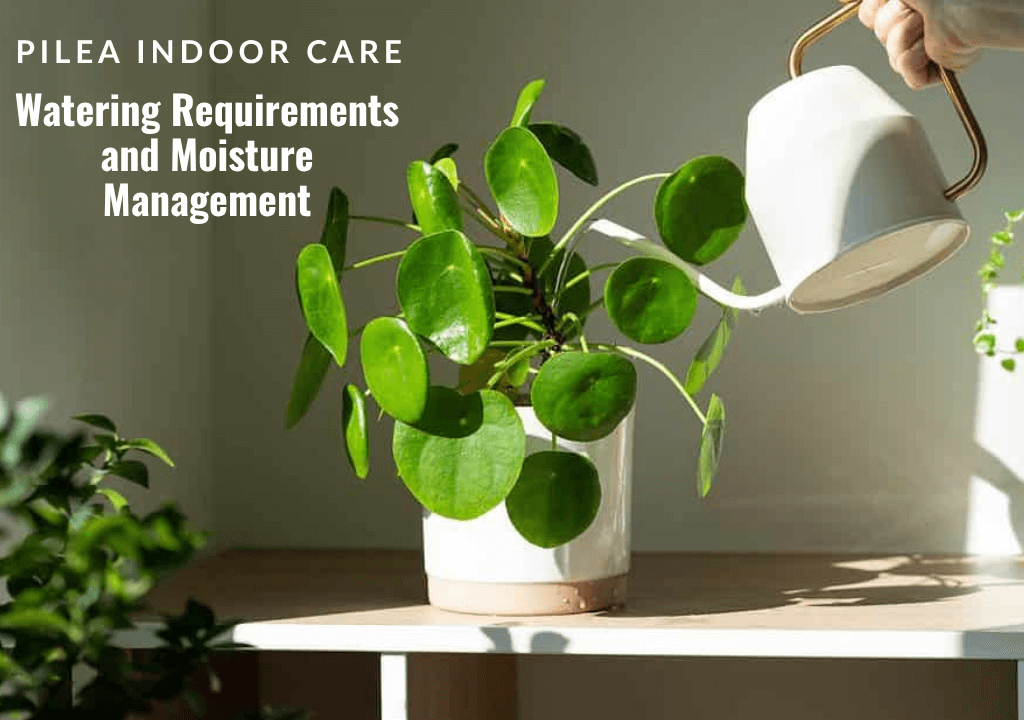
- Fertilization: Feed your Pilea sparingly during its active growing season (spring and summer). Apply a balanced liquid houseplant fertilizer diluted to half the recommended strength, once per month. Cease fertilization entirely during fall and winter.
- Temperature: Maintain comfortable room temperatures between 65°F and 80°F (18°C – 27°C). Protect the plant from cold drafts and temperatures dropping below 50°F (10°C).
- Leaf Cleaning: Gently wipe the leaves periodically with a soft, damp cloth to remove dust. This enhances photosynthesis and keeps the plant looking its best.
- Propagating Pups: The small plantlets (pups) emerging from the base or soil can be separated once they develop several leaves and their own small root system (typically 2-3 inches tall). Pot these pups individually or cluster them back with the parent plant in a slightly larger container for immediate fullness.
- Consistent Rotation: Regular rotation ensures even light exposure on all sides, preventing lopsided growth.
Successful Pilea care centers on providing stable, appropriate conditions: bright indirect light, careful watering based on soil dryness, well-draining soil, and protection from extremes. Consistent observation and slight adjustments tailored to your specific environment will reward you with a healthy, visually appealing Chinese Money Plant that may even produce offspring to share.
